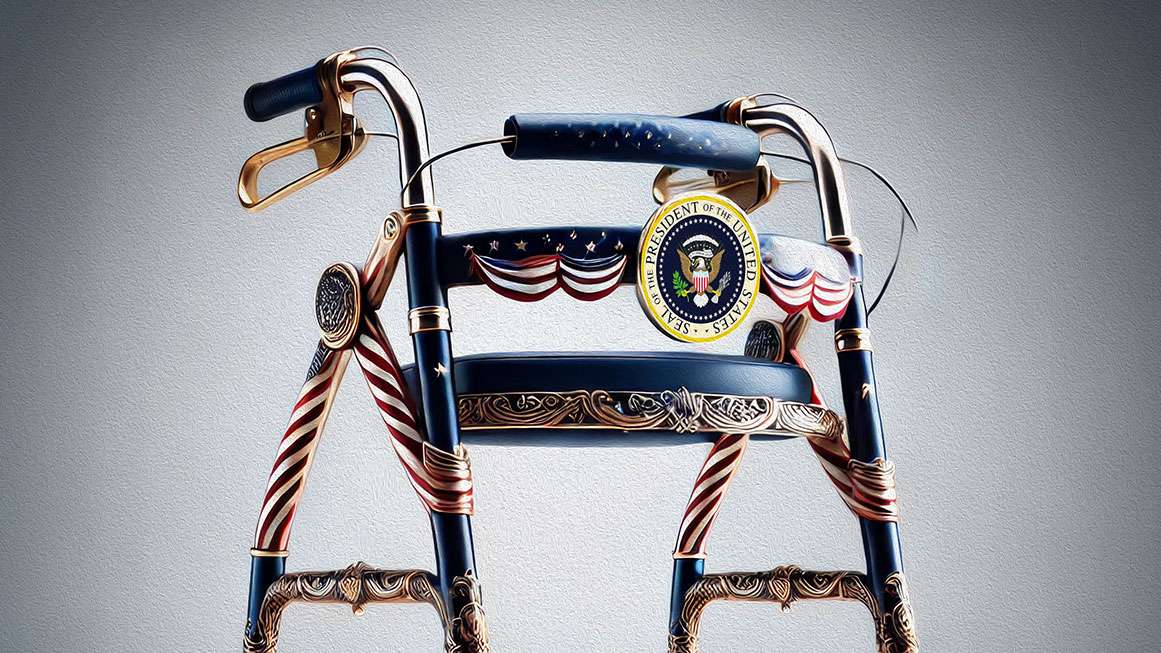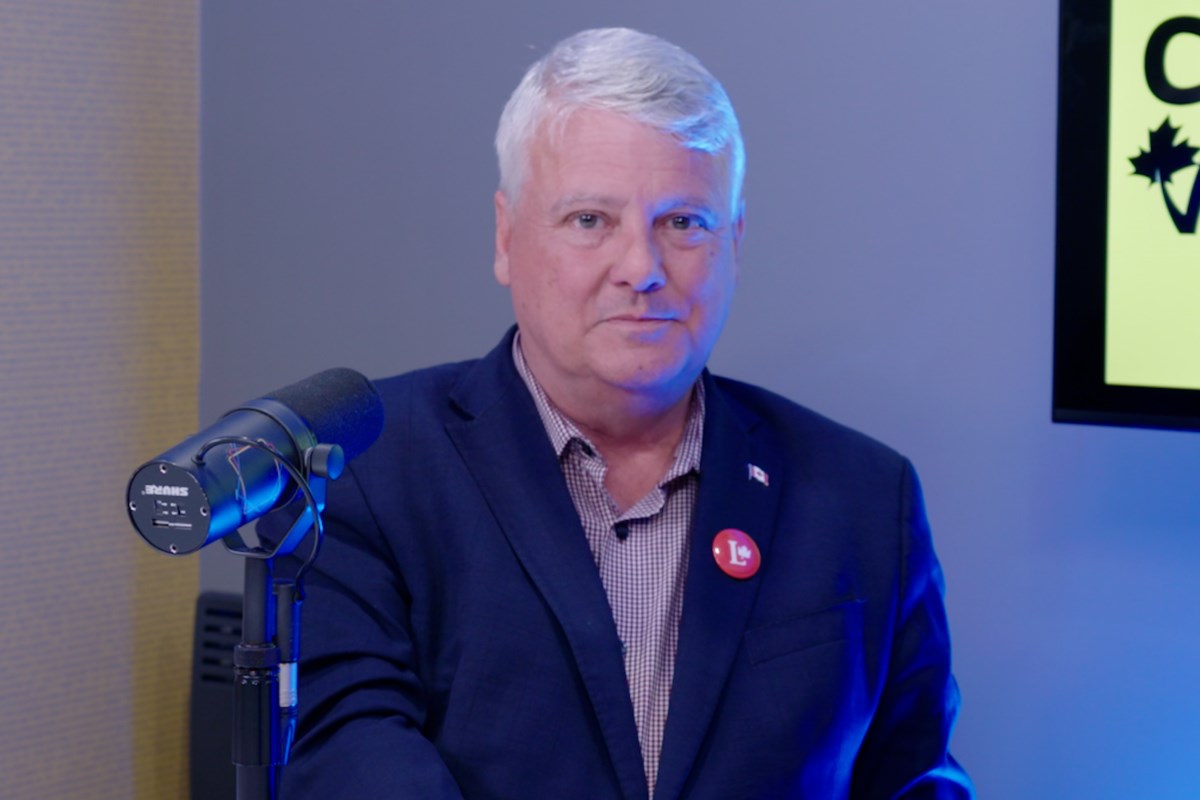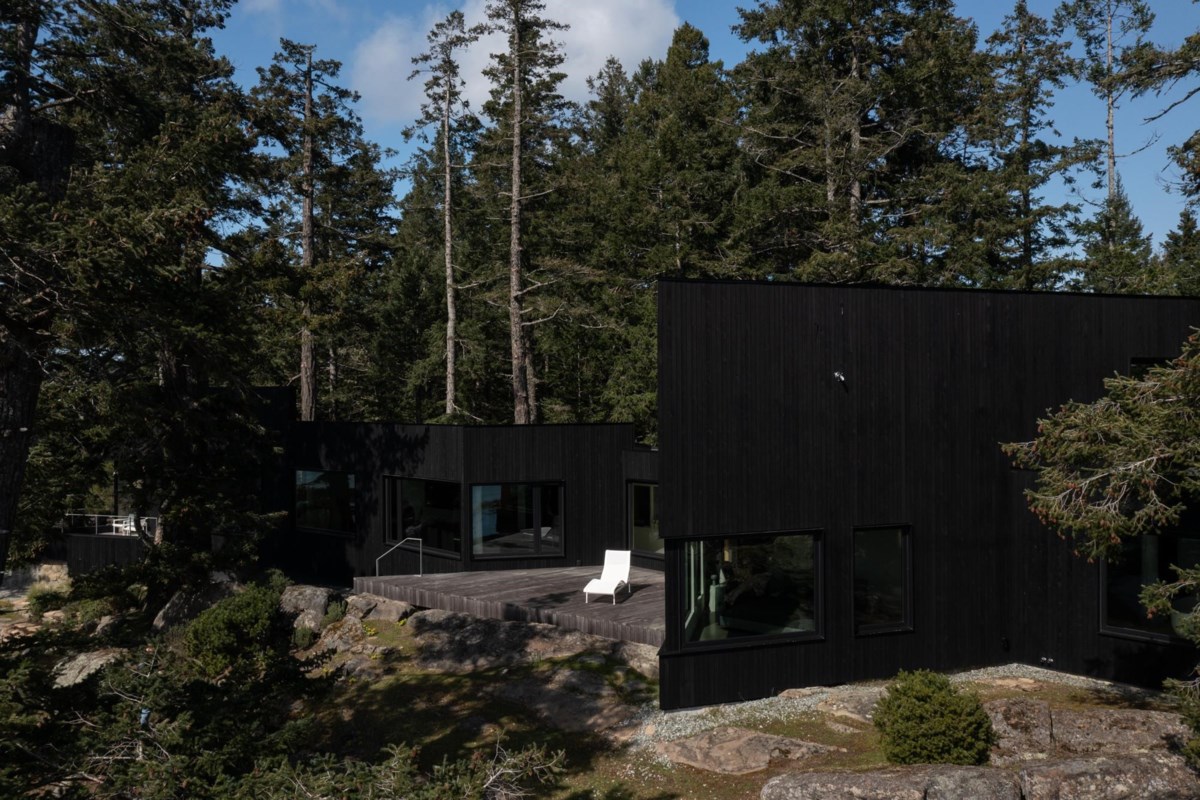Can America Get Out of the Gerontocracy Trap?

"We have a sclerotic gerontocracy," posted 48-year-old Rep. Ro Khanna (D–Calif.) in December. Khanna's outburst on X was provoked by the revelation that an 81-year-old Rep. Kay Granger (R–Texas), who had been absent from Congress for months, had in fact been diagnosed with dementia and was residing in a memory care facility. "I'm more concerned about the congressmen who have dementia and are still voting," joked a 53-year-old Rep. Thomas Massie (R–Ky.). Only a year earlier Sen. Dianne Feinstein (D–Calif.), who had long been failing in health and mental acuity, died in office at age 90. At its simplest, gerontocracy means rule by the elderly. President Joe Biden's dodderingly disastrous debate in June floodlighted for many Americans just how sclerotic our governing institutions have become. Notably, President Donald Trump, at 78, is the oldest person ever elected to the office. (Biden was a close second at 77 when he won the election in 2020.) That's slightly more than double the U.S. population's median age of 38.9. Current octogenarian congressional leaders include Rep. Nancy Pelosi (D–Calif.), who was 82 when she stepped down as speaker of the House, and Sen. Mitch McConnell (R–Ky.), who was 82 when he resigned as Senate minority leader. The 91-year-old Chuck Grassley (R–Iowa), currently serving as president pro tempore of the Senate, is third in the line of presidential succession. Granger and Feinstein were outliers on Capitol Hill, but not by as much as one might think. The median age of members of the House of Representatives now stands at 58.6, while the Senate's median age stands at 63.3. "From 1919 to 1999, the median senator never eclipsed 60 years old and the median representative never surpassed 55," Geoffrey Skelley noted on FiveThirtyEight in 2023. As recently as the early 1980s, the median ages for the House and Senate were 48.4 and 51.7 years, respectively. The House is the third-oldest lower legislative chamber in the world, according to the Inter-Parliamentary Union. At 66.5 and 60.3 years, respectively, only Cambodia's National Assembly and Palau's House of Delegates are older. The U.S. Senate is the oldest directly elected upper legislative chamber in the world. In other words, the most powerful people in the United States are, on average, as old as dirt. And to quote the playwright David Mamet, "Old age and treachery will always beat youth and exuberance." An aging elite disconnected from society's evolving needs will slow growth and hinder innovation in dangerous ways. Is there any way out of the gerontocracy trap? The Longevity Transition First came the demographic transition, in the early 20th century, when increasingly wealthy and healthy populations moved from high birth and death rates to low birth and death rates. Global average life expectancy at birth increased from 32 in 1900 to 73 today, largely because infant mortality rates were greatly reduced. As the 20th century progressed, the demographic transition gave way to the longevity transition. "Whereas previous gains had been driven mainly by people aged younger than 60 years, improvements in life expectancy started to increasingly involve older people," explained London Business School professor Andrew Scott in The Lancet's 2021 special issue on healthy longevity. In 1950, life expectancy for American men and women who had reached age 65 was 13.1 and 16.2 more years, respectively. By 2024, that had risen to 19.6 and 21.7 years. Are our politicians living to older ages simply because we all are? For a long time, that seemed to be true. Politicians of the 19th and early 20th centuries didn't generally live any longer than their constituents did, according to a 2022 study in the European Journal of Epidemiology that compared the mortality rate and life expectancy at age 45 of nearly 58,000 politicians from 11 countries, including the United States. But as the 20th century advanced, politicians' lifespans began to pull away from those of their fellow citizens. Now American politicians in that cohort have substantially longer life expectancies than their countrymen—an extra 7.8 years. (For what it is worth, Social Security Administration life tables suggest that the life expectancies of Trump and Biden are nine and seven more years, respectively.) Greater wealth correlates with longer lives. The median net worth of members of Congress was just over $1 million in 2020, whereas for American households it stands at around $193,000. Social connections are a significant factor in longevity too. Successful politicians tend to be naturally gregarious. Once elected, the incumbency advantage—that is, name recognition and established fundraising networks—enables politicians to age in place by outcompeting younger challengers. Perhaps the fact that our politicians are getting older simply reflects Americans' preferences for seasoned leaders. After all, the median age of the American population has risen from 28.1 in 1970 to 38.9. But a 2023 Pew Research poll asking respondents about the ideal age for U.S. president found that 24 percent think it is best for a president to be in their 60s and only 3 percent think their 70s is best. Younger Americans prefer younger presidents, but even among people in their 70s, only 5 percent say they think it's best for presidents to be in their 70s or older. Nearly 80 percent of both younger and older Americans favor maximum age limits on federal elected officials, according to Pew. Those findings are echoed by an October 2023 USA Today/Suffolk University poll, which reported that 63 percent of respondents favored setting a maximum age limit on Congress. Limits on the terms of legislators have been adopted in 16 states so far. Voters in North Dakota in June overwhelmingly approved a ballot initiative that bars people from running or serving in the U.S. House or Senate if they are to turn 81 during their term. If voters so overwhelmingly prefer younger candidates, why are they underrepresented in politics? To answer this question, two Harvard researchers analyzed the results of 16 different candidate choice experiments in seven democracies. In their 2022 article in The Journal of Politics, they report, "Almost universally, the oldest candidate is viewed less favorably on average compared to the youngest, and also compared to the second oldest. In contrast, differences in age between young and middle-aged candidates tend to produce minimal effects on voters' evaluations." They suggest that youthful underrepresentation likely involves issues of recruitment, opportunities, or ambition. In other words, politics is and remains an old boys' and old girls' network. Gerontomania? The Oxford economist Tim Vlandas has linked gerontocracy to gerontonomia: "a stagnating political economy that increasingly prioritizes the socioeconomic needs of the elderly at the expense of future economic performance." He argues that the growing number of older citizens will vote their interests, e.g., more opulent pensions and medical care, at the expense of younger generations' interest in education, child care, and economic growth. Preliminary calculations suggest that last year 41 percent of Americans aged 18–29 voted in federal elections, whereas around 76 percent of Americans aged 65 and over did. Gerontocracy is demonstrably harmful for economic growth. As "a direct consequence of the obsolescence of their personal human capital," aged elites fail to "seize the opportunity offered by new technologies and to implement the best choice for the economy as a whole," according to a 2017 study of seven European countries conducted by the University of Rome Tor Vergata economists Vincenzo Atella and Lorenzo Carbonari. Setting elites aside, aging populations themselves may be a demographic drag on economic growth. "Each 10% increase in the fraction of the population ages 60+ decreased per-capita GDP by 5.5%," reported a team of American researchers in the American Economic Journal: Macroeconomics. The decrease in gross domestic product is due partly to retirees leaving the labor market and partly to the reduced productivity of older workers. In a 2023 study, two Harvard demographers concur: All other factors being equal, aging populations will slow economic growth. As people age, fewer will work, which will slow down how fast a country's economy grows. But they also note that earlier studies did not always take into account how healthy aging will enable older workers to remain in labor markets longer. Using Organization for Economic Cooperation and Development countries' economic and population data, the Harvard researchers made three different calculations. First, they assume that in the case where no one aged past 2015 levels (like time froze in terms of age), the economy would grow by 2.5 percent per year. Next, they calculate that if aging happens as expected and people retire at the usual age, growth will slow down to 1.7 percent annually. But what happens when older people stay healthy and work 4.5 more years? Then the slowdown wouldn't be as bad, and the economy would grow at 2.1 percent per year instead. Robots to the Rescue? Perhaps the solution is not political but technological. The Massachusetts Institute of Technology economist Daron Acemoglu and the Yale economist Pascual Restrepo found that "there is no negative relationship between population aging and slower growth of GDP per capita" in a 2017 American Economic Review study. Instead of relying on the projections of econometric models, they parsed the demographic and GDP growth data of 169 countries from 1990 to 2015. They suggest that a "shortage of younger and middle-aged workers can trigger so much more adoption of new automation technologies that the negative effects of labor scarcity could be completely neutralized or even reversed." In a 2022 paper published in The Review of Economic Studies, the same two researchers found that as populations age, countries turn increasingly to automation to replace human labor. "The main effect of aging on productivity is ambiguous," they note. But industries that can easily adopt automation are seeing faster productivity growth and a decrease in the share of labor costs compared to other industries in aging countries. These findings are mirrored in "Longevity and technological change," a 2016 study by economists Agnieszka Gehringer and Klaus Prettner, of how increased longevity boosts technological progress and productivity growth. In a paper posted to EconStor, they find that as lives lengthen, households discount the future less heavily, which increases savings, consequently lowering interest rates. This encourages investments in R&D, which speeds up technological progress and productivity growth. In other words, technological progress enhances labor productivity so much that it more than offsets the deleterious effects of an aging work force on income growth. An Ageless Older Population Automation is not the only way to counteract the impacts of population aging on economic growth. How about developing biomedical technologies that slow or even reverse aging? A team of health economists found in a 2013 Health Affairs study that there would be substantial health and economic returns from delayed aging. The researchers tried to measure what specific health improvements are worth to people in dollar terms—for example, what a consumer might be prepared to pay for 2.2 extra years of healthy life expectancy. In the U.S., they calculated, the economic value of delaying aging by that much would amount to $7.1 trillion over 50 years. "When aging is delayed, all fatal and disabling disease risks are lowered simultaneously," they noted. Older workers remain spry and productive for longer. Consequently, "research to delay aging should become a priority." A 2021 article in Nature Aging used a similar methodology but substantially boosted the estimates. The researchers calculated that slowing down aging to increase life expectancy by one year is worth $38 trillion; by 10 years, it's $367 trillion. And success in slowing down aging produces a "virtuous circle in which slowing aging begets demand for further slowing in aging." "The more healthily people age, the more they value further gains to aging," explained one of the authors, the London Business School economist Andrew Scott. If you're going to feel pretty good as the tally of years ticks up, why not go for more? The upshot: Biomedicine is not just adding more years to life, but more life to years. The researchers also considered the scenario in which aging is not just slowed but reversed. That would mean reaching longevity escape velocity: the point at which additional biomedical breakthroughs extend your lifespan by more than a year for every year you remain alive. The futurist Ray Kurzweil predicted at last year's Abundance Summit that at least some sufficiently well-off folks "will have access to longevity escape velocity by the end of 2030." People who are not getting physically older would then be effectively ageless. Artificial intelligence may spur advancements in anti-aging biomedical technologies. Last May, researchers at Google's DeepMind announced in Nature the development of the AlphaFold 3 artificial intelligence model, which they said "can predict the structure and interactions of all life's molecules with unprecedented accuracy." That would substantially speed up pharmaceutical discovery. Another team of researchers detailed in a January 2024 study in Scientific Reports how their deep neural network model identifies age-related biomarkers, thus establishing the concept of biological age. These biomarkers could be used to evaluate the efficacy of future antiaging treatments. Such scientific results lend some credence to Kurzweil's forecast that the age of agelessness may not be so far away. A society where nearly everyone is perpetually youthful would not be a gerontocracy. It would, in fact, resolve most of the problems associated with gerontocratic rule. Consider Kurzweil's observation that well-off and well-connected people will likely gain access to age-retardation and age-reversing technologies first. This would risk the emergence of an ageless elite that, like historical elites, strongly resists innovations that would threaten its wealth and power—such as the broader extension of agelessness. The nightmare scenario of the rise of a perpetual tyrant—an ageless Adolf Hitler, Mao Zedong, or Josef Stalin—accentuates this concern. These are not necessarily idle fears. After all, if two relics of the longevity transition, Joe Biden and Donald Trump, continue to chase after the seductions of sovereign power, the yen for dominance will be even stronger in more malign despots. But surely there are better ways to avoid the possibility of millennial tyrants than insisting that everyone must continue to die before age 100. At least in democratic societies, adopting the already popular remedy of term limits would ensure continual political turnover. More broadly, when true age reversal becomes available, the long-term perpetuation of an ageless elite would be highly unstable. Of the goods that people have coveted throughout the ages, good health and long life are desired above all. Those goods make all others possible. In democratic polities, the demands for broad access to antiaging technologies would be politically irresistible. As better and cheaper versions become available, the full transition to an ageless society would be increasingly difficult to resist. Let's turn now to some of the economic implications. In a society of ageless citizens, there would be no old-age dependency ratio in which superannuated oldsters must be supported by tax dollars drained from an ever-smaller cohort of younger workers. Everyone would be physically and mentally able (and be expected) to support themselves through productive work or investment incomes. The economic drag of issues associated with increasingly aged populations—pensions, rising health care expenditures (aside from the antiaging treatments)—would largely disappear. Since the labor force would no longer be aging, there would be no slowdown in labor productivity, although provisions would have to be made to let workers update their skills and change careers as new markets and technologies emerge. Frequent career change is already the norm for American workers. The World Economic Forum's 2023 Future of Jobs Reportnotes that Americans now on average change jobs about 12 times before they turn 55 years old. The report projects that "two-fifths of the core skills workers have today will be disrupted by technological change by 2027." It adds that "half of all workers' core skills will need to be updated every five years." People taking advantage of antiaging treatments will retain the physical vitality and mental acuity of the young. Agelessness would change the incentives people face, not least that their planning horizons would considerably lengthen. Any economic or political setbacks for ageless folks would be seen as only temporary—an intensification of the entrepreneurial maxim to fail fast, fail often—which would not induce zero-sum worries about their prospects for obtaining future wealth and status. Would ageless but nevertheless older people just get stuck in their antique ways as the years tick by? After all, some recent research has identified over the past five decades a stable ideological gradient in which younger Americans tend to be more liberal but become increasingly conservative as they age. This propensity could be exacerbated by ageless people becoming more risk averse to avoid misadventures that could shorten their lives. On the other hand, ageless individuals who retain youthful energy could counteract this tendency, because they have longer planning horizons. And the creative destruction inherent in competitive markets would likely thwart any permanent reign of commercial and technological fuddy-duddies. If turnover in top management is advantageous, then businesses that adopt that model will thrive and those that do not will be outcompeted. Besides, even today youngsters don't simply wait around for their elders to retire or die. They go out and found their own companies and other institutions. Patrick Collison launched the payment processing juggernaut Stripe at 21. Jensen Huang co-founded America's most valuable company, the computer chipmaker Nvidia, when he was 30. In the meantime, we beneficiaries of the longevity transition will be governed by a senescent Congress and the oldest person ever elected to the presidency.



















